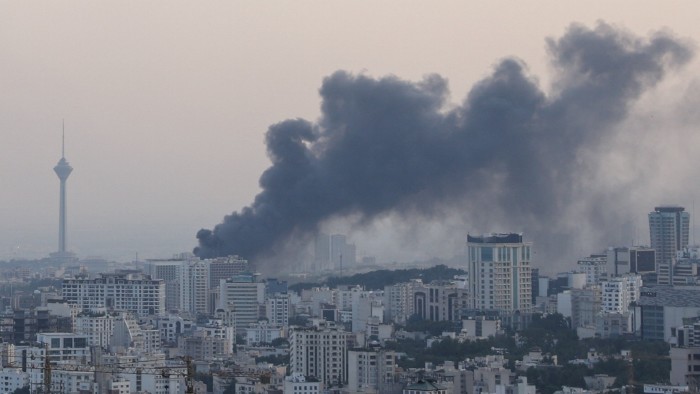Global oil supplies forecast to outstrip demand this year despite Middle East war

Stay informed with free updates
Simply sign up to the Oil myFT Digest — delivered directly to your inbox.
The International Energy Agency has predicted that global oil supplies will substantially outstrip demand this year even as the escalating conflict in the Middle East raises fears of disruptions.
Global oil production is expected to rise by 1.8mn barrels a day in 2025 to 104.9mn b/d, outstripping forecast demand of 103.8mn b/d and leading to a rise in oil inventories over the course of the year, the intergovernmental energy advisory body said in its annual report.
“In the absence of a major disruption, oil markets in 2025 look well supplied,” the IEA said.
The increase in supply is expected to come from both the Opec+ cartel, which is in the process of reversing a series of production cuts, and from non-Opec+ producers, which will add an average of 1.4mn b/d over the year, it said.
At the same time, weak consumption in China and the US will restrain global demand, which it predicted will grow by 720,000 b/d this year, less than a previously forecast increase of 740,000 b/d.
With supply exceeding demand, the amount of oil in storage in the world has risen by an average of 1mn b/d since February, and by “a massive” 93mn barrels in May alone, the IEA added. However, total inventories still remained 90mn barrels lower than a year ago.
The IEA cautioned that conflict between Israel and Iran posed significant “geopolitical risks to oil supply security” but added that there had been “no impact on Iranian oil flows at the time of writing”.
Iran partially suspended production at the world’s biggest natural gasfield, South Pars, after an Israeli air strike at the weekend, but it was still unclear if production had been affected, it said.
The Shahran oil depot and refinery near Tehran had also been targeted, but no damage was reported, it added.
In a separate report on the outlook to 2030, the IEA forecast that oil supply would continue to outstrip demand over the next five years. Global oil demand is expected to increase by 2.5mn b/d between 2024 and 2030, reaching “a plateau” of 105.5mn by the end of the decade.
Supply will rise much faster, it said, with global production capacity increasing by more than 5mn b/d to 114.7mn b/d.
The slowdown in oil demand growth will be driven in large part by China, where the IEA now expects consumption to peak in 2027, following a surge in electric vehicle sales and the continued rollout of high-speed rail and gas-powered trucking, it said.
The forecast aligns with predictions made by China’s largest oil companies but is the first time the IEA has put a firm date on peak Chinese demand.



